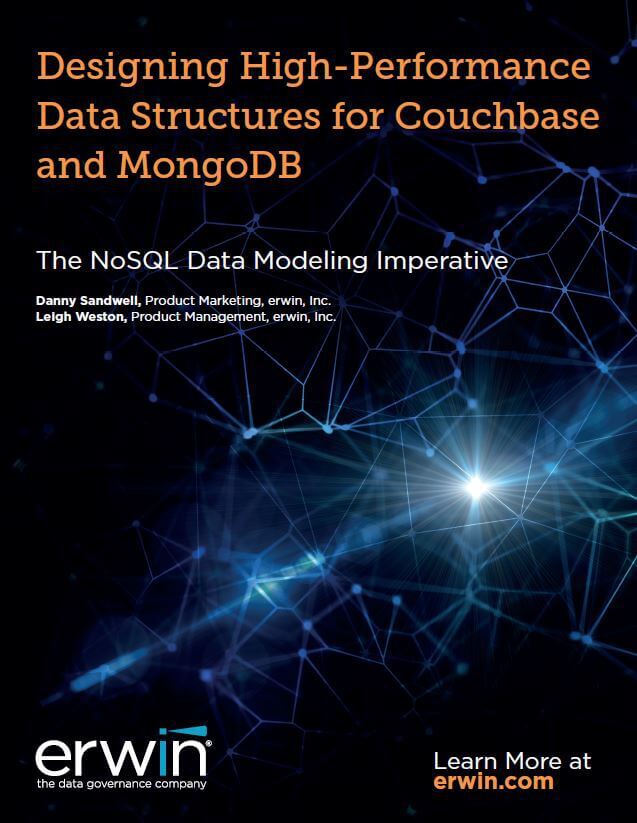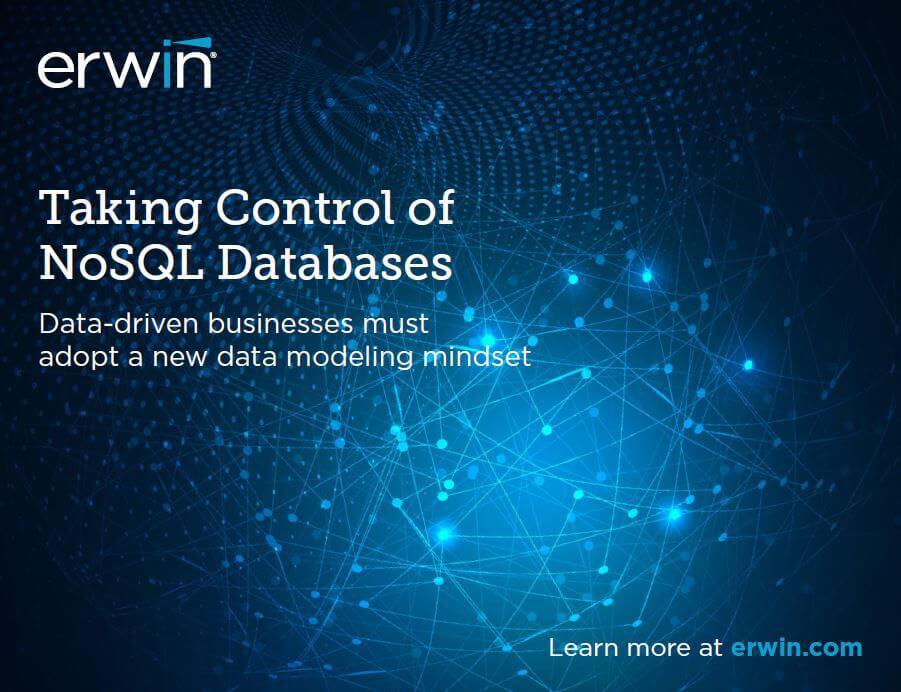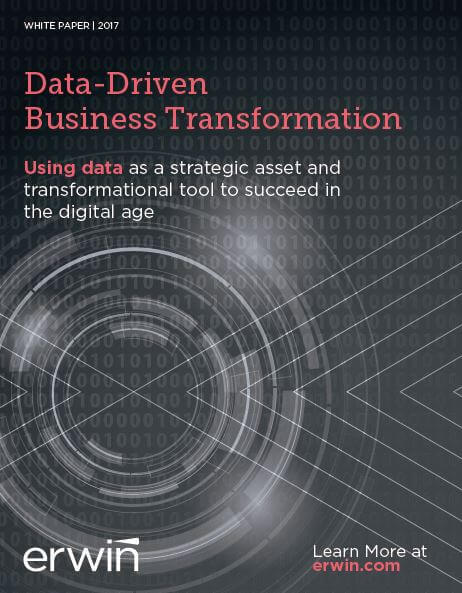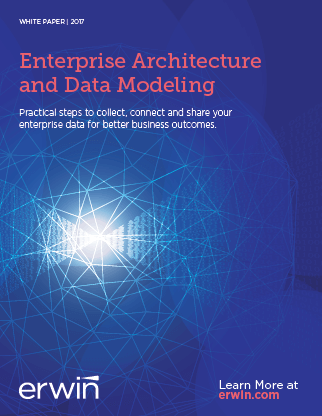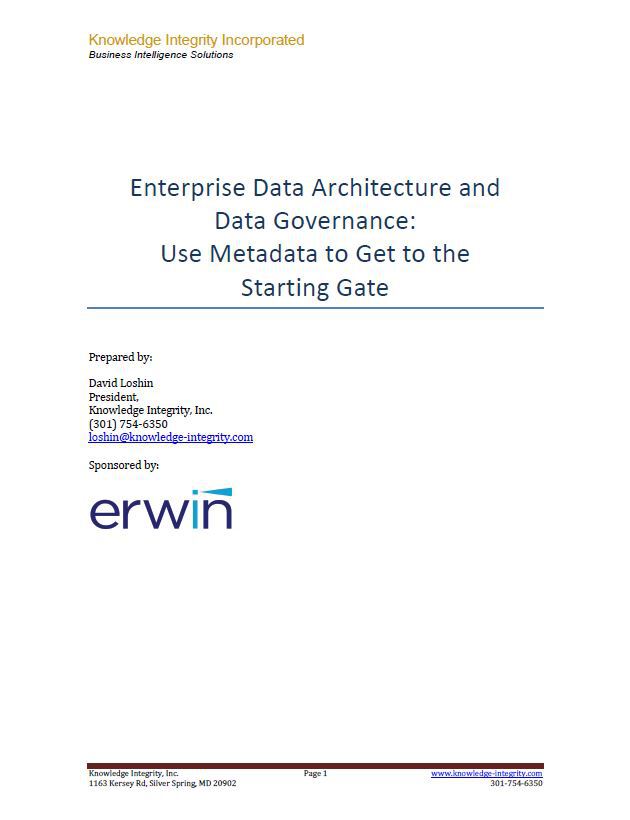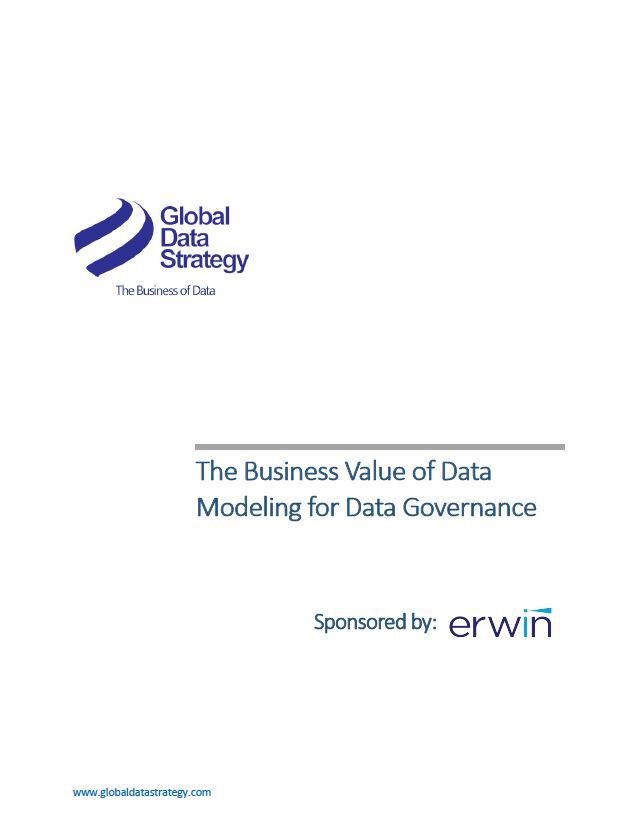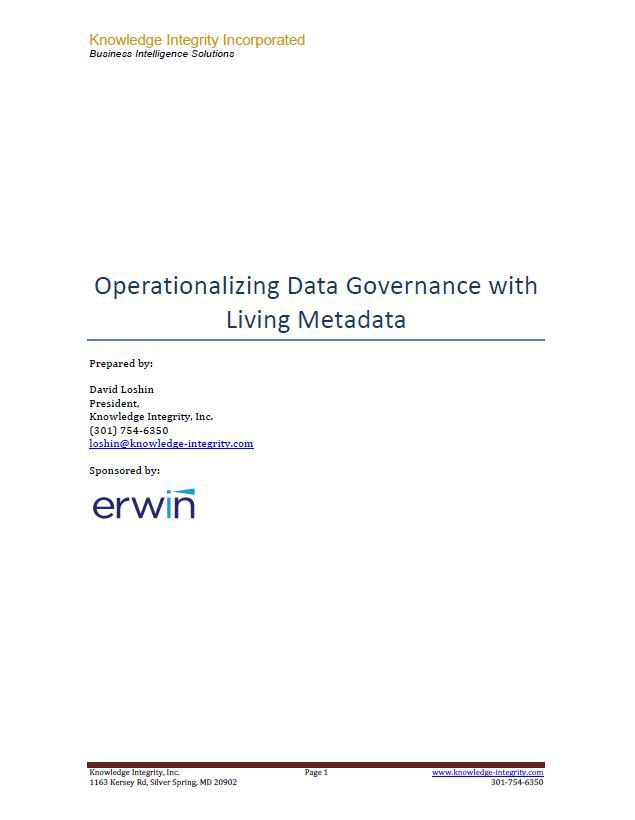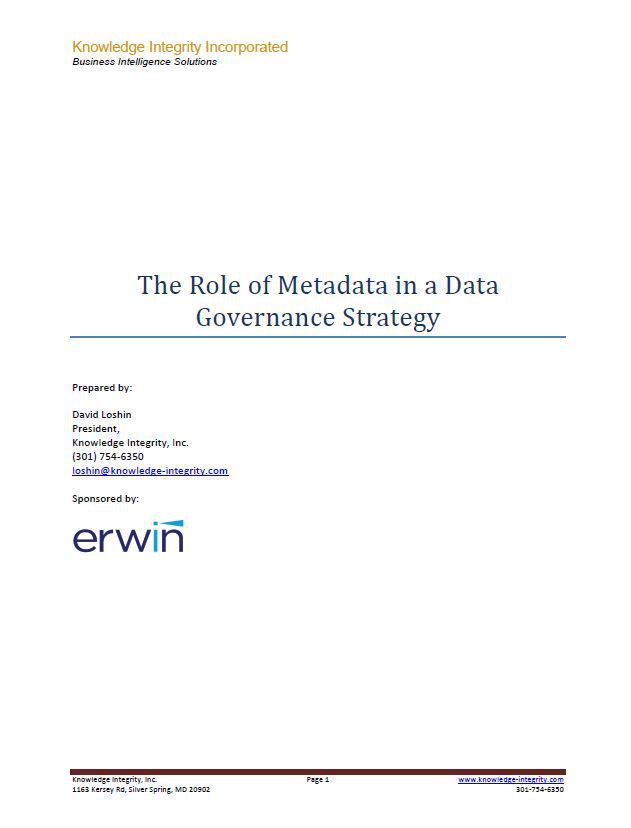New, business-transforming use cases often involve variable data feeds, real-time or near-time processing and analytics requirements, and the scale to process large volumes of data.
NoSQL databases, such as Couchbase and MongoDB, are purpose-built to handle the variety, velocity and volume of these new data use cases. Schema-less or dynamic schema capabilities, combined with increased processing speed and built-in scalability, make NoSQL the ideal platform.
But once we’ve agreed to make the move to NoSQL, the next step is to identify the architectural and technological implications facing the folks tasked with building and maintaining these new mission-critical data sources and the applications they feed.
As the data modeling industry leader, erwin has identified a critical success factor for the majority of organizations adopting a NoSQL platform like Couchbase or MongoDB.
Find out what the success factor is by downloading this technical white paper.
